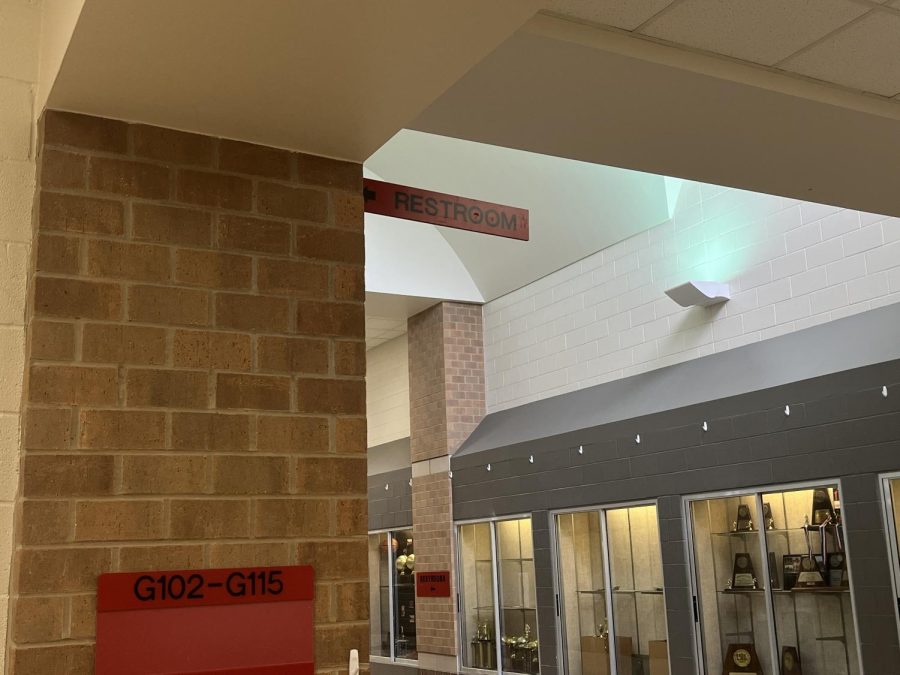E-Hall passes: unnecessary and unreliable
Guest contributer Lea Garcia talks about the unnecessary and complex steps to go to the restroom. Garcia believes that, E-Hall passes are not the solution the school thinks it is.
April 14, 2023
An unnecessarily complex form of hall passes continues. Students have to first log in through Gmail to access the app, they then have to fill out where they are departing from and the final destination. After this, they have to ask their teacher for approval to go to said destination.
Previously, paper passes were handed out to students throughout the year, and if they ever needed to go anywhere, they would have a teacher fill out the pass with information similar to that of E-Hall passes.
According to an interview done with former principal Ashley Rainwater in 2020 by Wingspan, E-Hall Passes were implemented because of the classroom disruption paper passes create, unhygienic usage of the passes, and because paper passes can be misplaced or traded.
However, E-Hall passes are not the solution the school thinks it is.
Before E-Hall passes were implemented, kids interrupted the class, had the teacher fill out the form, and then they could be allowed to leave the classroom. Now, students fill out the pass themselves, they interrupt class causing their teacher to go towards their computer and approve their request, and now the student can leave to their respective places. Both of these processes include interrupting class therefore, there is no benefit to implementing a new system.
Former Principal Ashley Rainwater claimed that having an electronic pass was more hygienic than having a paper pass. Germs stick to electronic devices just as much as they stick to paper passes. These devices are often passed around students throughout the school day causing the spread of germs around campus. An easy way to limit the spread of germs would be to simply use one-time passes that don’t need to be handed to anyone else and can be disposed of immediately after usage. Electronic passes serve no additional benefits when it comes to controlling germs.
A huge concern in 2018 was students being caught with blank hall passes in their possession, these passes would be traded or sold around campus to those who needed to step out of class and go somewhere. The implementation of E-Hall passes are meant to stop the falsification of passes letting only certain people roam the school. However, these passes can be faked fairly easily by taking screenshots or screen recordings of running hall passes and showing them to faculty members. It won’t take long for students to find a way to deceive staff into letting them roam around campus when they should actually be in class.
Another downside of E-Hall Passes is the excessive costs of maintaining the electronic licensing fee. The cost of E-Hall Passes is $3 per student with a one-time fee of $1,000. There are currently around 1,842 students on campus. This means that the school has to pay around $6,000 every year plus the initial one-time fee of $1,000. This large sum of money could easily be spent on something else that would actually benefit students and teachers alike.
In the end, E-Hall Passes are simply used as a control mechanism to track down or to get data on how many students are not in class. This control and precise tracking are stripping students from their basic right to privacy. Excuses like the interruption of class, the germs paper passes may carry, or students trading/selling paper passes do not hold up if you truly break these claims down. Programs like E-Hall Passes are meant to not only benefit the school but also benefit those affected, the students. E-Hall Passes are not any less of a disruption than paper passes or help limit germs.













